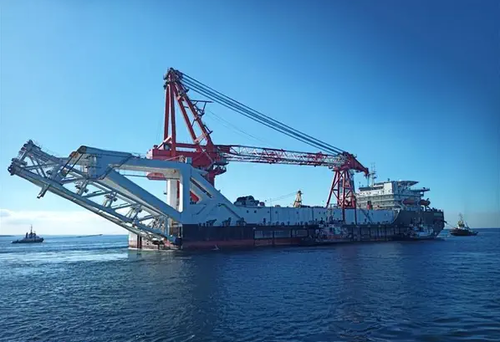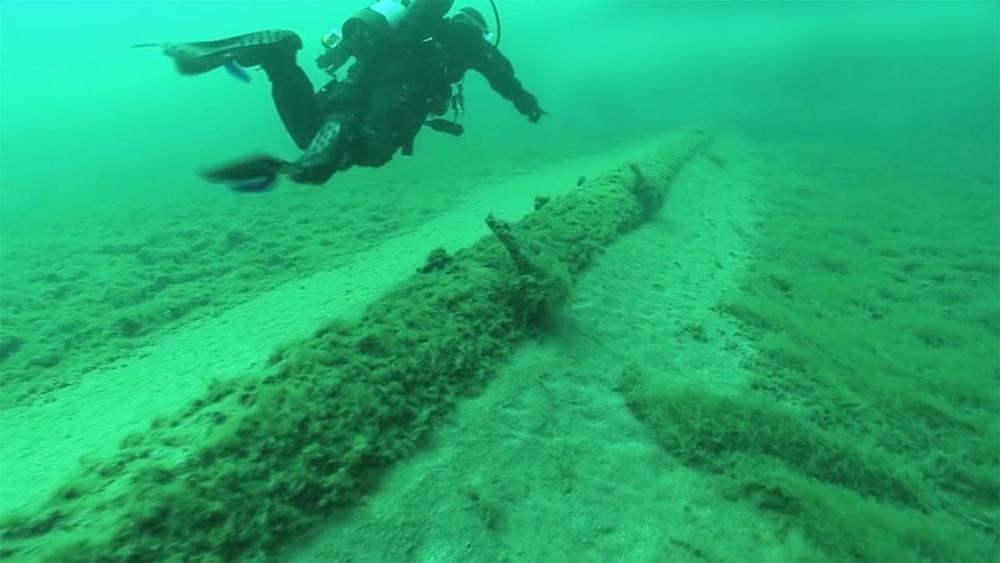However, the Department of Justice, the Department of the Interior, and the Department of the Army quickly overruledthe court’s decision, placing a temporary halt on Dakota Access pipeline construction on Army Corps of Engineering lands. Their statement says the decision will take effect until the Army “can determine whether it will need to reconsider any of its previous decisions regarding the Lake Oahe site under the National Environmental Policy Act (NEPA) or other federal laws.”
The press release continued:
“Therefore, construction of the pipeline on Army Corps land bordering or under Lake Oahe will not go forward at this time. The Army will move expeditiously to make this determination, as everyone involved — including the pipeline company and its workers — deserves a clear and timely resolution. In the interim, we request that the pipeline company voluntarily pause all construction activity within 20 miles east or west of Lake Oahe.”
This development comes on the heels of North Dakota Governor Jack Dalrymple’s decision to activate the state’s National Guard on Thursday, stoking fears that tensions on the ground could grow. Currently, Native American protesters, or “water protectors,” are staging a peaceful blockade against the pipeline’s construction.
The Justice Department statement’s language could be interpreted as a “voluntary” request to the pipeline builders, and it’s unclear whether Energy Transfer Partners will comply with the request.
…click on the above link to read the rest of the article…











 “Today’s decision is an integral part of our plan to uphold the Paris Agreement to reduce emissions
“Today’s decision is an integral part of our plan to uphold the Paris Agreement to reduce emissions



